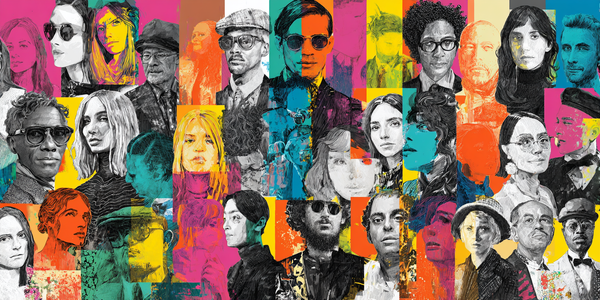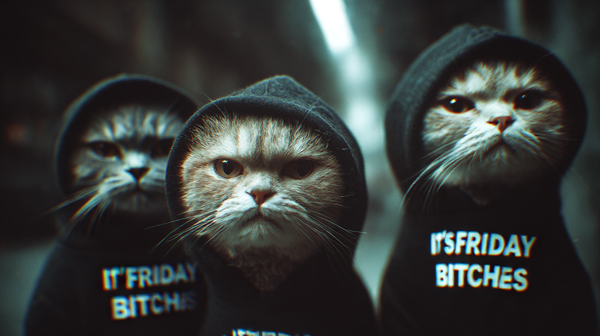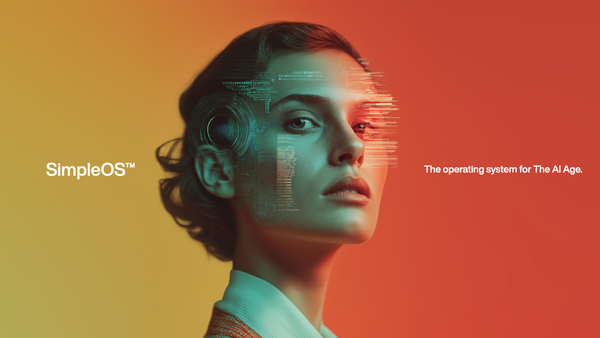Most agencies still talk about AI like it’s a shiny new tool in the kit.
It’s not.
AI adoption isn’t a software update.
It’s a talent reset.
The agencies that will thrive over the next decade won’t be the ones with the flashiest tools, the biggest prompt libraries, or the most dramatic LinkedIn “We’re Using AI” announcements.
They’ll be the ones that design a culture where humans and machines work like a great creative partnership:
- Clear roles
- Mutual trust
- Shared accountability for results
The Human Side: Where Most Agencies Face-Plant
Buying a tool is easy.
Building an AI-native culture is where things get bloody.
Because the real shift isn’t technical — it’s existential.
For some creatives, AI feels like an existential threat to craft.
The blank page used to be their battlefield; now a machine can cough up 50 “first drafts” before they’ve finished their first coffee.
That’s either exhilarating… or emasculating.
Leadership’s job is to make sure it’s the first one. That means reframing AI as creative augmentation, not replacement. And not in the cringey “Don’t worry, the robots are our friends” way.
We’re talking about:
- Using AI to strip away the grunt work so humans can go deeper into high-value creative thinking.
- Making AI fluency a badge of honor, not a scarlet letter.
- Creating tight feedback loops where AI output is sharpened by human taste, judgment, and cultural insight.
New Roles for a New Game
This isn’t the death of creative jobs — it’s the birth of better ones.
And the titles are already here:
- Prompt Architects — coax distinctive, on-brand work from generative models (and know when to tell them to shut up).
- AI Brand-Voice Auditors — the guardians of tone, nuance, and emotional truth across thousands of AI-generated outputs.
- Creative Engineers — half mad scientist, half art director, all dangerous in a brainstorm.
- Data Ethics Stewards — because “we didn’t know” won’t save you in a client meeting when bias or IP theft shows up in the work.
These aren’t sci-fi titles for 2030. They’re job postings today.
Kill the Hourly Mindset Before It Kills You
If your agency still charges by the hour, AI will chew that model up and spit it out.
It compresses timelines. It nukes billable hours.
The fix? Pay and reward based on impact, not time served.
Revenue lift, creative effectiveness, client retention — those are the new KPIs for your talent.
AI means the same project might now take three days instead of three weeks.
Your best people should feel richer when that happens, not like they’ve just cut their own paycheck.
Training or Dying: Pick One
Treating AI training as an optional lunch-and-learn is like bringing a baguette to a gunfight.
By the time you’ve unwrapped it, the competition’s already eaten your lunch.
Winning agencies bake learning into the workweek:
- Weekly AI Labs — test new tools against real briefs, fail fast, steal what works.
- Peer Skill Swaps — swap prompt hacks, automation recipes, and “holy sh*t” workflow breakthroughs.
- Certification Pathways — tie promotions to AI mastery so curiosity is rewarded, not punished.
The Bottom Line
The agencies that nail the human side of AI aren’t just “keeping up.”
They’re widening the gap — in speed, margin, talent retention, and client love.
They’ll be the ones everyone else tries to reverse-engineer in five years…
and fails.
Because culture can’t be copied.
And let's thank the good Lord for that.
What are your thoughts? Please share below in the comments.
📩 Want the full playbook?
Get the Adapt or Die: Reinvent Your Agency In The Age Of AI whitepaper here → LINK TO DOWNLOAD
📫 Want help implementing a simple, AI-driven operating system?
We created SimpleOS™ to help you adapt to the AI era. Contact us.









